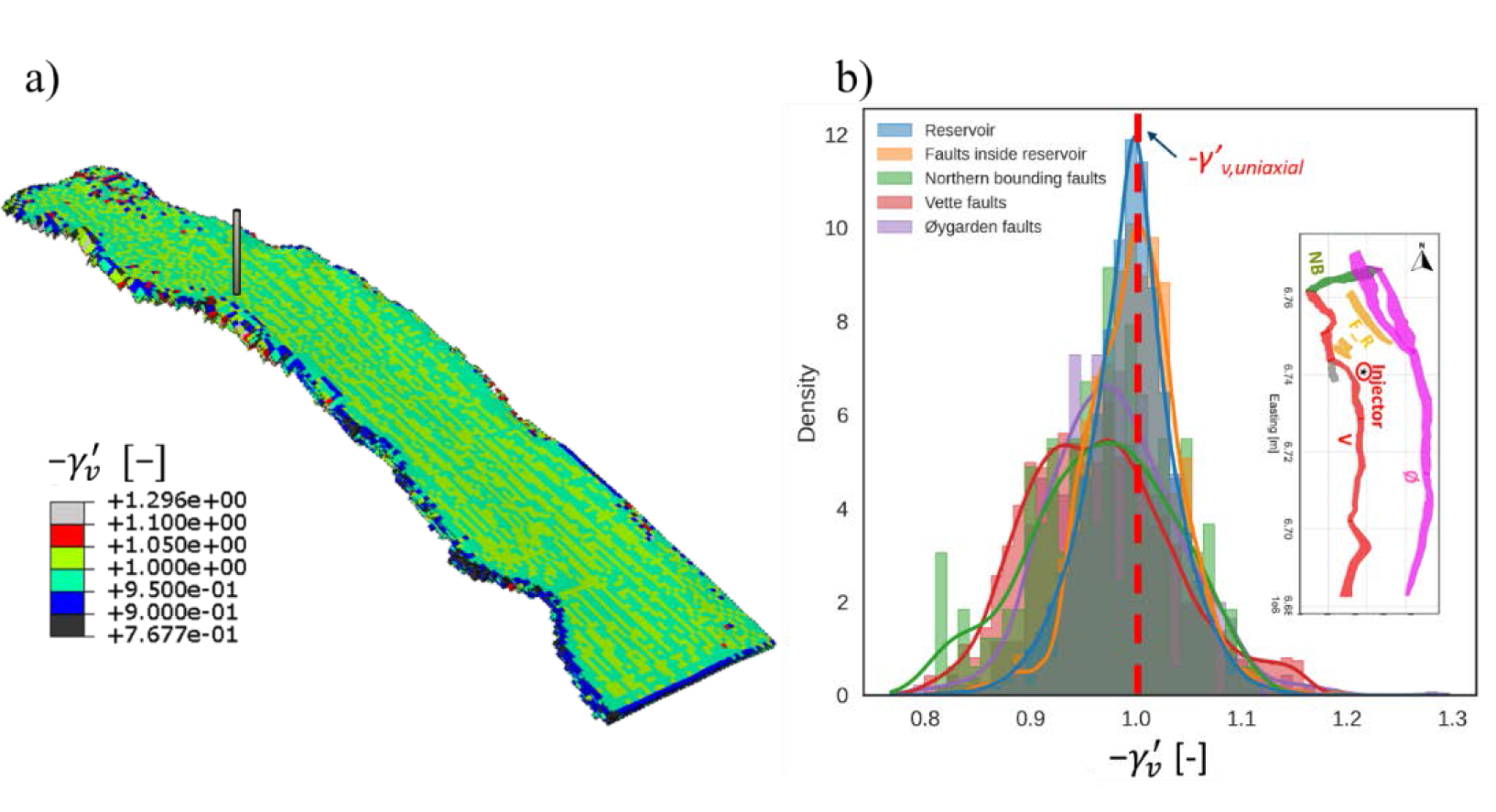The Norwegian Geotechnical Institute (NGI) is an applied research institution with many projects supporting the green energy transition in the offshore energy sector and a high focus on offshore wind energy and CO2 storage. In collaboration with UiO, we offer students the possibility to do a MSc project in collaboration with NGI on topics closely linked to our ongoing research projects.
We are currently leading the international research project, SHARP Storage (https://sharp-storage-act.eu/), focusing on reducing the uncertainty related to the deformation in the subsurface during CO2 injection and providing better containment risk assessments. In addition, we are also an active partner in the Norwegian CCS Centre (NCCS) (https://www.sintef.no/projectweb/nccs/research/structural-derisking/), where we focus on the integration of structural geology and geomechanics developing 3D geomechanical models for the subsurface.
One or two thesis topics will be available for students who like to learn more about the integration of geology and geomechanics for a carbon-neutral energy solution. Candidates will analyse available data from CO2 storage projects in the North Sea (e.g., the Horda Platform area) and simulate associated geomechanical behaviours, as demonstrated in Figure 1.
The analysis results are expected to be discussed in relation to the geology of the area and containment risk for a CO2 storage project. NGI will support in defining a suitable data set, including standard and advanced laboratory data from core samples, well logs, geological and geomechanical models, and provide tools and methodology for the analysis. Interest in statistics and programming suitable for detailed data analysis is beneficial for the thesis. A detailed description of the thesis will be planned together with the student.
The student will learn:
- Get a unique experience in data analysis and uncertainty quantification
- In-depth knowledge of geomechanical data and laboratory methods
- Understanding the geomechanical risk related to faults
- Independent research, academic writing and presentation skills
